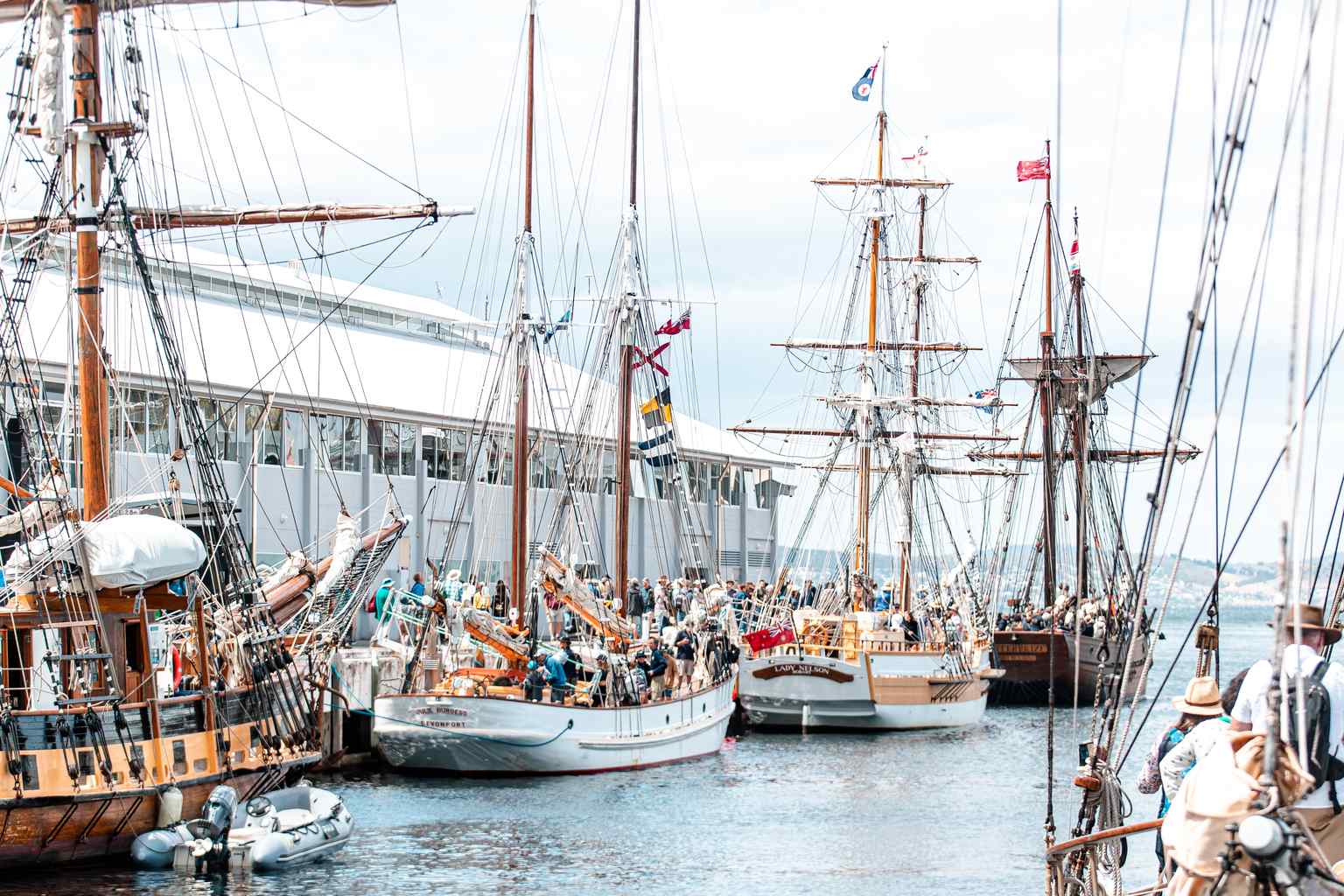Multiple plant species have been brought back from the risk of extinction and could be delisted from the Threatened Species Protection Act thanks to the eradication of rabbits on Macquarie Island.
The Threatened Species Scientific Advisory Committee has recommended delisting the cooks tussock grass, the prickly shieldfern and the shade plantain, as well as the humpback whale.
Department of Natural Resources and Environment Senior Ecologist Micah Visoiu said the recovery comes as a “huge achievement” following the removal of rabbits from the island about 1,500 km south-east of Tasmania in 2011.
“Rabbits were first introduced to Macquarie in the late 1870s and they had a huge impact,” he said.

“We’ve had a bit more than a decade now with no rabbits, which had very much shaped that ecosystem for 130 years and it’s quite amazing in that sort of 10, 15, 14 years since then how the vegetation has changed.”
Visoiu said that when he first visited the island in 2009, the prickly shieldfern was only present in a few areas where rabbits had been fenced out and the cooks tussock grass had almost completely disappeared.

“But now they’re just everywhere. Both these species have just popped up all over the place and there are no threats left to their survival now,” he said.
“I think it’s safe to say they’re quite secure.”
The delisting of the plant species comes alongside the proposed delisting of the humpback whale under the Environment Protection and Biodiversity Conservation Act.
Marine biologist Sam Thalmann said that following protection for humpback whales in the 1960s, their populations have continued to recover.
“We have the western and the eastern population. Combined, they’re both well and truly in excess of 40,000 and they’re continuing to recover at the highest rate possible, probably at about 10% to 13% per annum,” he said.

“It’s great to have these numbers back as they were before whaling and hopefully reaching a nice equilibrium within the marine ecosystem.”
Thalmann said that the whales seen in Tasmanian waters belong to the population that moves up the eastern seaboard of Australia.
“Having protection in our waters is important and we are following through the Commonwealth procedures and the delisting through the EPBC Act and the delisting through Tasmanian legislation now.”






